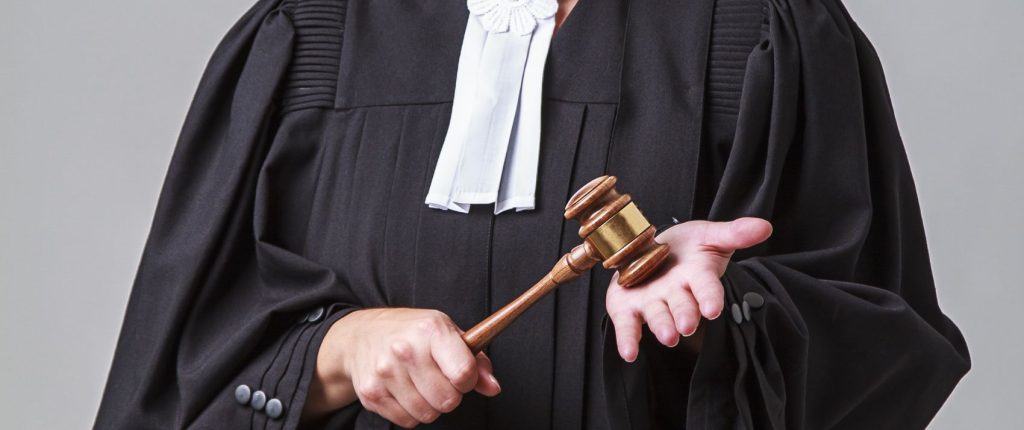In the previous two articles, we considered how and why the government encourages South Africans to save for retirement, and how each retirement product works. In this article we will take a closer look at how you can get access to your funds in a retirement product.
Accessing funds before retirement
Although the funds are intended for retirement, there may be circumstances that require individuals to get access to retirement funds before they retire. Withdrawals from occupational funds (i.e. pension and provident funds, that you contribute towards while you are formally employed) can only be made before retirement when you resign from your employer. As explained in the previous article, a full or partial withdrawal can be made from your benefits and the remaining funds can be moved into a preservation fund or left in the employer’s pension or preservation fund as paid up.
When you have funds in a preservation fund, a further full or partial withdrawal can be made from the fund before retirement, but only one such withdrawal is allowed per preservation fund held in your name. Although a new pension or provident benefits can be consolidated into an existing provident fund (which will be the case if you have resigned and moved benefits into a preservation fund in the past) it is often advised to rather create separate preservation funds that will allow flexibility when you need to make withdrawals from them before retirement.
Investors that hold investments in a retirement annuity, that is independent from employment, will unfortunately not be able to make a withdrawal from the funds before retirement. Retirement age in a retirement annuity is usually when the investor turns 55 years old.
When a withdrawal is made before retirement, the investor will pay tax on the lump sum taken. The amount of tax paid is calculated based on a sliding scale as communicated by SARS from time to time. When calculating the tax payable, all previous withdrawals are taken into account as well, therefore previous withdrawals will result in a higher percentage tax payable when an additional withdrawal is made. At the moment the sliding scale is set to tax, the first R25,000 of accumulated withdrawals, before retirement, is at 0% tax.
Accessing retirement funds has been an important point of discussion recently as the government is considering imposing pension fund reforms. This debate started during Covid at a time when many South Africans experienced financial hardship when salaries were reduced and some people were even laid off. The proposed reform suggests a “two-pot” system for all retirement savings which will allow for more partial access to the funds, before retirement, during times of financial difficulties.
The idea behind this proposal is that one-pot will be used to hold savings that can provide short-term financial assistance to struggling members. The second pot is used to hold savings that would be inaccessible and used to provide long-term financial security in retirement. It is proposed that one-third of any future contributions should go into the “accessible retirement fund account” (the first pot) and the other two-thirds goes into an account that must be preserved until retirement (the second pot). It is also argued that greater accessibility and flexibility could help to encourage more savings into retirement funds. The accessible portion would be available at any time, but it is proposed that it can only be withdrawn at most once a year, depending on a fund’s ability to effect withdrawals and subject to a minimum value, of say R2,000, which would assist households if they needed funds for emergencies. This proposal is currently being discussed by all members in the industry and the government is still considering all feedback from the private sector.
Accessing funds at retirement
When you reach retirement age you become entitled to retire from your various retirement products. When you retire from a retirement annuity, pension preservation and /or a pension fund, you are allowed to make a lump sum withdrawal of up to one third of your benefits. This withdrawal can be used to cover major debt, or can be invested in discretionary investments such as unit trusts that do not have liquidity or allocation constraints. Determining whether it is in your best interest to make a withdrawal at retirement, and how much it is advised to withdraw, is usually not a simple answer, and this is when a financial adviser can really add valuable insights to your personal financial situation.
A provident and provident preservation fund has, up until March 2021, allowed members to withdraw the full benefits at retirement if they so wish. Legislation has however changed and all contributions, and growth on such contributions, made to a provident fund after the 1st of March 2021 will be subject to the one-third withdrawal rule, similar to a retirement annuity and a pension fund. All contributions, and growth on such contributions, made before the 1st of March 2022 is considered the investor’s “vested interest” and can still be withdrawn in full at retirement should it be their request.
These withdrawals made at retirement are taxed based on a sliding scale that is provided and updated by SARS from time to time. The first R500,000 is currently taxed at 0%, but it is important to consider that all previous withdrawals made from retirement products will also be consolidated and used in the calculation to determine what amount is subject to which tax bracket. Members that made withdrawals before retirement are therefore penalised since the amount subjected to the 0% tax bracket is consequently reduced.
All benefits that are then not withdrawn at retirement are used to either buy a life or living annuity. Lump sum withdrawals can not be made from either of these two products, and the only access to the funds is when annuities are paid out to the owner of the product.









